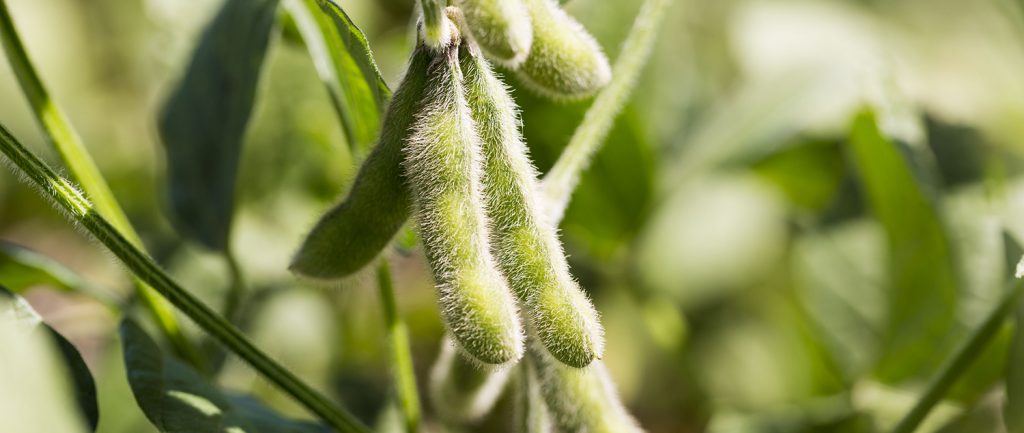“Let’s Talk Todes” video series highlights how researchers are combating parasitic nematodes.
Understanding in more detail how parasitic nematodes like soybean cyst nematode (SCN) and Southern root-knot nematode (SRKN) establish elaborate feeding sites deep within the roots of soybean plants helps researchers develop tools to protect soybean yields. University of Georgia Nematologist Richard Hussey says the first step in that process is unlocking the power of nematode spit.
Hussey says the nematode uses its spit to modify plant cells and establish feeding sites in soybean roots.
“I’m talking about the secretions delivered through the stylet of the nematode into the plant tissue. We have identified 50 parasitism genes that are expressed in the glands of SCN and 50 from the root-knot nematode that code for proteins in the spit,” he says. “That opens up a whole new source of genes that can be targeted for resistance.”
To bring awareness to this issue, The SCN Coalition has partnered with the soy checkoff on a “Let’s Talk Todes” video series demonstrating how nematologists, soybean breeders and plant geneticists focus on bringing new tools to soybean growers in the fight against parasitic nematodes. University of Georgia Nematologist Melissa Mitchum says the goal of the project is to bring awareness to the advancements being made due to checkoff-funded research directed at meeting the goals of the National Soybean Nematode Strategic Plan.
“In the case of nematode spit, it is important to understand the genes the nematode is using to infect the plant,” Mitchum says. “By identifying those genes, we can get to work designing novel resistance genes to block the establishment of the feeding site.”
Targeting virulent nematodes
Because 95% of the SCN-resistant soybean varieties grown today derive their resistance from PI 88788, virulence is an issue. “Virulence is defined as the ability of SCN to reproduce on a resistant soybean plant,” Mitchum says. “As the nematode adapts to reproduce on resistant soybeans, growers are suffering yield losses.” The genes in the nematode that confer virulence may be the genes that code for proteins in the nematode’s spit.
“We’re working to identify additional types of resistance with different modes of action to fight against these virulent nematodes and then put them in a rotation that makes sense,” she says. “Through the support of the soybean checkoff, we understand what some of the resistance genes are, and we understand what proteins they code for and how they function in resistance. I think in the next five to 10 years, soybean growers are going to have more options in terms of genetic resistance to SCN and SRKN.”
About The SCN Coalition
The SCN Coalition is a public/checkoff/private partnership formed to increase the number of farmers who are actively managing SCN. Our goal is to increase soybean farmers’ profit potential and realize higher yields. Partners in The SCN Coalition include university scientists from 28 states and Ontario, Canada, grower checkoff organizations including the North Central Soybean Research Program, United Soybean Board and several state soybean promotion boards, and corporate partners including BASF, Bayer, Growmark, Nufarm, Pioneer (Corteva), Syngenta, Valent and Winfield United.







